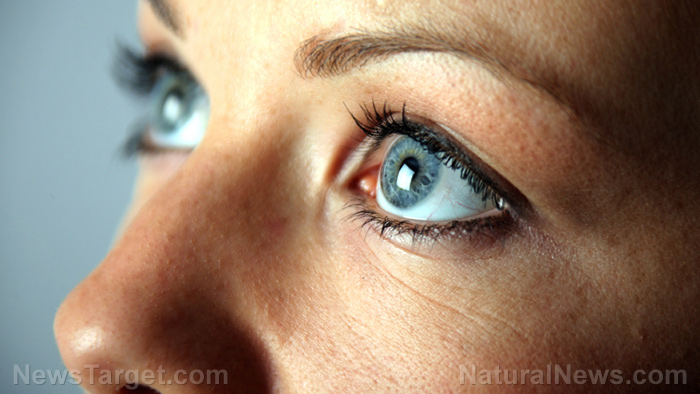
Researchers from Anglia Ruskin University, University of Basel, University Hospitals Bristol NHS Foundation Trust, and Boston University School of Public Health looked at the risk of cataracts in individuals with and without diabetes. The research team carried out the study by assessing the medical records of more than 56,000 diabetic patients in the U.K. aged 40 years and older. The participants' medical records were obtained from the Clinical Practice Research Datalink, which incorporated around seven percent of the population in the U.K. and is representative of the total demographic regarding age, sex, and geographic distribution. The team studied 15 years' worth of data to point out the association between diabetes and cataracts.
In the study, the research team saw that cataracts developed at a total rate of 20.4 in every 1,000 individuals who have diabetes, while the condition only developed at a total rate of 10.8 per 1,000 of the general population. In addition, they found that people with diabetes aged between 45 and 54 were 4.6 times more likely to develop a cataract in comparison to people without the condition. Furthermore, diabetic people from ages 50 to 54 have the highest risk of cataracts, with their risk being nearly six times more than non-diabetic people in their age group.
"The report has shown that having diabetes doubles your risk of being diagnosed with a cataract, and that this risk is six times higher if a diabetic patient has significant diabetic retinal disease, called diabetic maculopathy," said Rupert Bourne, a co-author of the study.
Bourne also explained that cataract is the primary cause of blindness around the world. Cataract is a condition in which the lens of the eye is clouded. As a result, vision becomes cloudy, distorted, or blurry. It can occur in either or both eyes, but will not spread from one eye to another.
How diabetes results in cataract
Cataracts are a known complication of diabetes. The lens of the eye gets its nutrients from aqueous humor, the fluid filling the front part of the eye. Aqueous humor supplies oxygen and glucose. When glucose levels are out of control, sugar levels increase in the aqueous humor and in the lens, which causes the lens to swell. This, in turn, affects the clarity of vision. Moreover, the lens contains an enzyme that turns glucose into sorbitol. When sorbitol builds up in the lens, it can affect cells and naturally-occurring proteins, which causes the lens to become less clear and more opaque. This will eventually result in cataract formation, making the vision blurry.
There are two very essential steps that you can do to prevent or delay the onset of cataracts if you have diabetes. One of these ways is to ensure that you maintain good blood glucose levels. This is because having the right sugar levels in the body can help keep the lenses of the eyes clear and healthy. The second way is to have your eyes tested regularly by an ophthalmologist. The ophthalmologist can detect and suggest treatment for problematic alterations in your eye way before you may notice any symptoms of cataracts. (Related: 10 Foods That Help To Prevent Cataracts.)
You may have cataract if you have experienced one or more of the following symptoms:
- Cloudy or blurry vision
- Colors seem faded
- Glare
- Headlights, lamps, or sunlight may appear too bright
- A halo may appear around lights
- Poor night vision
- Double vision or multiple images in one eye
- Frequent prescription changes in your eyeglasses or contact lenses
Read more news stories and studies on diabetes at DiabetesScienceNews.news.
Sources include:
Please contact us for more information.






















